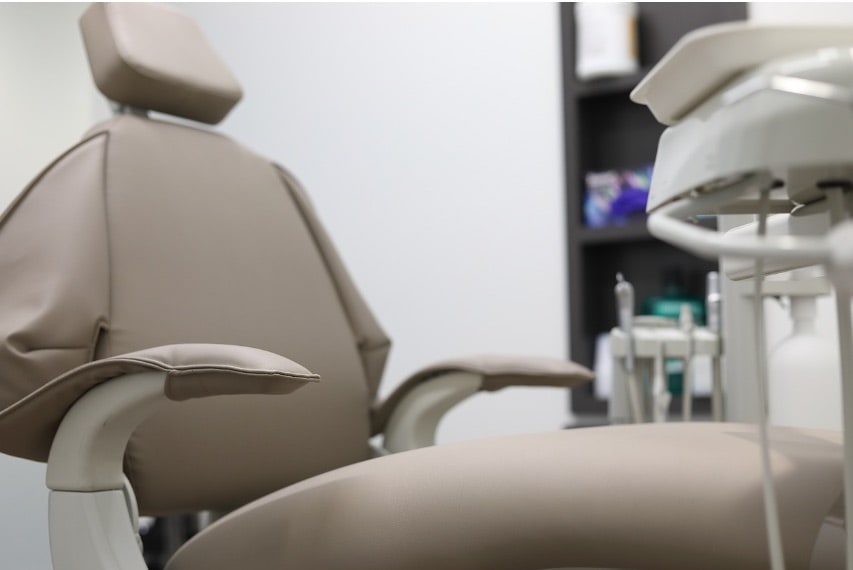The Canada Dental Care Plan (CDCP) provides a landmark change to Canada’s covered health care services. It is important to understand if you do or will qualify for coverage under the government program or if you still need dental insurance to cover the costs of dental health care. (Hint: dentists feel you need to be crystal clear about the differences and don’t rush to get rid of your dental insurance.)
Who is eligible for the Canadian Dental Care Plan?
The CDCP has started under the interim Canada Dental Benefit for families earning less than $90,000 per year, eligible if they pay for dental care for a child under 12 years old and do not have access to a private dental insurance plan. Check out this informative video on coverage for children The Canada Dental Benefit (youtube.com) This first step of the program will cover up to $650 per year per child for families earning less than $70,000 per year and who don’t have dental coverage as outlined in this fact sheet.
Starting in stages in 2024, the CDCP will begin for individuals aged 65 or over and can apply for coverage under the government plan, as well as adults with a valid Disability Tax Credit certificate and those with children under age 18. And it is planned that all remaining eligible Canadian residents can apply beginning in 2025.
What is covered under the CDCP?
The federal government’s vision is a comprehensive suite of dental benefits that are a lot like typical insurance coverage, right down to the ID card patients would hand over at the dentist’s office.
However, the parameters of the plan are still not completely clear.
It is understood that the plan will allow patients with an annual household income less than $70,000 to avoid paying for dental services, while those making between $70,000 and $90,000 would shoulder between 40 and 60 per cent of the costs.
The complete list of benefits that will be covered or how much the government plans to pay for each service has not yet been identified, so no one knows quite how much they may still need to pay for out of pocket for dental care. The CDCP will only pay for oral health care services covered within the plan at the established CDCP fees – and care providers may charge more.
If you apply for CDCP coverage and it is confirmed that you qualify, you will be enrolled in the plan and receive a welcome package with detailed information on your coverage, your member care and your coverage start date.
It is expected that there will be a great deal more paperwork required overall for patients and dental care providers. It is also expected that if more individuals have access to basic dental care there will be fewer individuals that access emergency room care for oral health issues that may have been avoidable.
How does the CDCP compare to having dental insurance?
Your experience as a dental patient may be quite different if you are using the CDCP government plan vs. your dental insurance coverage.
- You must qualify for CDCP based on your age and household income
- Anyone can apply for any level of dental insurance benefit they need! And individuals coming off a group plan may apply for special plans designed just for them
- You must requalify for the CDCP coverage every year (for example, based on your earnings) and if your eligibility changes you may be left without coverage
- Dental insurance coverage continues for your lifetime coverage, as long as you continue to pay your monthly premium
- Not all oral health providers will be enrolled in the CDCP program; you would need to ask if the provider is enrolled in the program, otherwise you may be faced with unexpected out-of-pocket payments
- With your dental insurance, you know that your provider will accept reimbursement from your plan for the benefits you are covered for
- The CDCP program will cover 100% of covered dental care costs (based on eligible fees under the program) for those with household incomes of less than $70,000, 60% of costs for those with household incomes of $70,000 to $79,999 and 40% of the costs for those with household incomes of $80,000 to $89,999
- Dental coverage is not based on earnings; some plans cover full dental costs, and all provider coverage up to 80% of eligible costs, providing you with greater out of pocket cost protection than the CDCP will offer
Want to ensure you have the dental cost protection you need?
At SBIS, we can provide you with a broad range of dental insurance options. We work with Green Shield Canada, GMS, Health Plus and Manulife to offer competitive rates on the kinds of coverage that can protect your family’s oral health for years to come. Give us a call or check us out online today.




